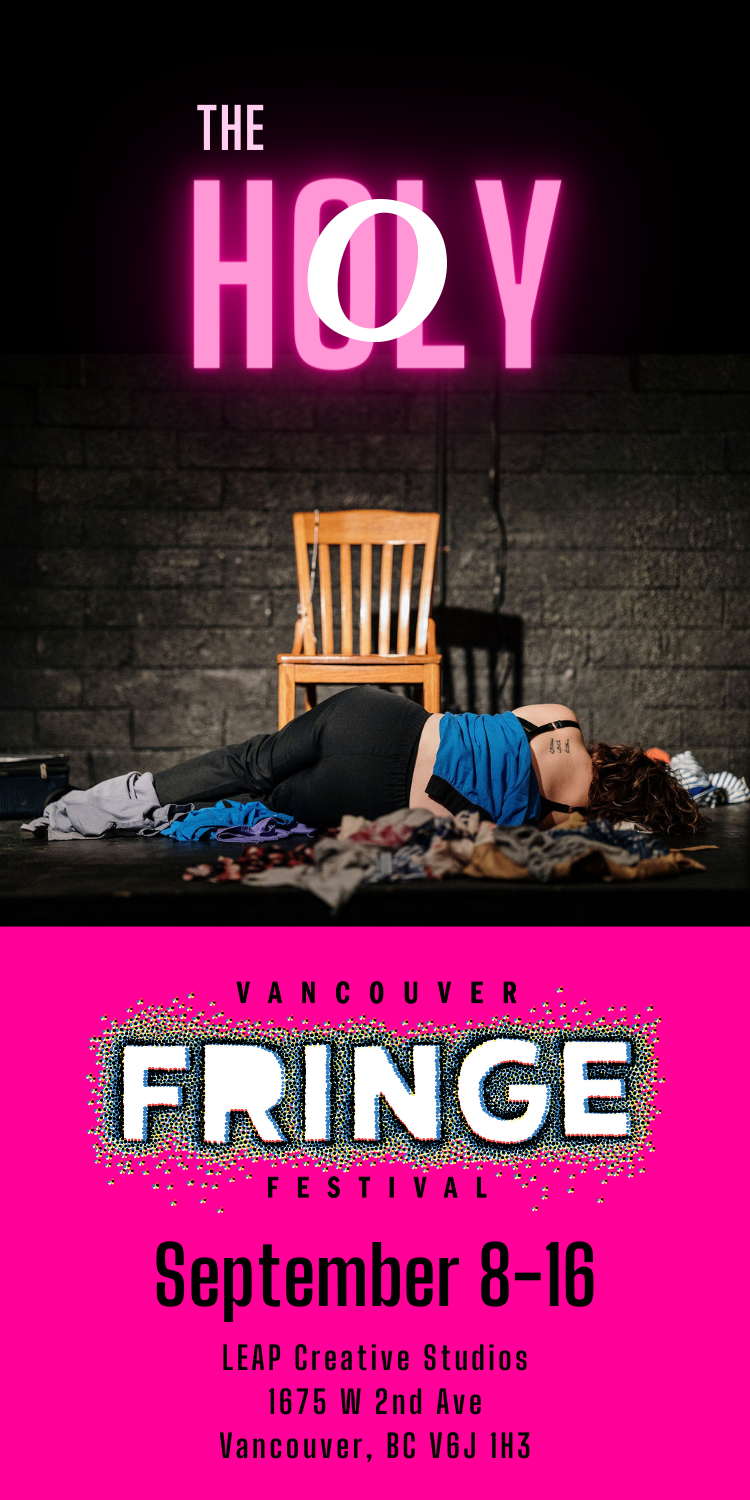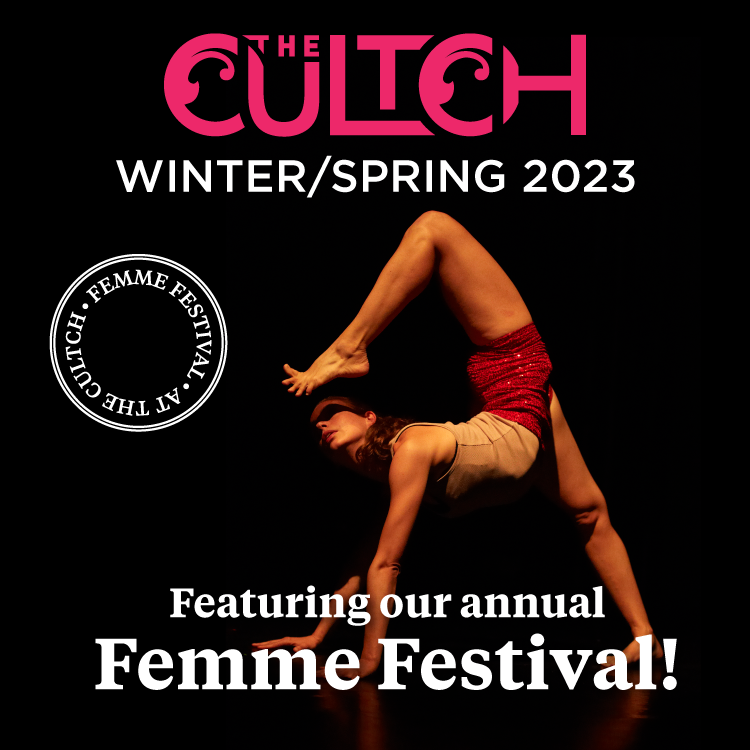By Loose Lips Mag
@looselipsmag
Blackfoot and Sámi documentarian Elle-Máijá Tailfeathers travels from Vancouver to her home on the Blood Reserve in her latest film Kímmapiiyipitssini: The Meaning of Empathy. The documentary explores the substance-use crisis and drug-poisoning epidemic on the Kainai First Nation in southern Alberta through a lens of compassion. Loose Lips caught up with Tailfeathers to talk about the impact of the documentary, which spotlights people from her own community, including her mother, Dr. Esther Tailfeathers, and the harm reduction efforts being enacted there.
You talk about such a heavy subject, centred around really strong themes of hope and healing. I’d love to know, in your own words, what your goal was when starting this film and how you wish audiences to receive it?
Elle-Máijá Tailfeathers: Thank you. Well, the film is meant to be just a lovingly-made portrait of my community, of the people and places I know and love, which has so often been misrepresented in the media.
And I wanted to just be able to show the world and other Indigenous communities how hard-working our community is. How there are so many people on the frontlines, tirelessly working away to find solutions with so few resources and so many barriers.
So, yeah my goal was just to be able to show audiences the strength of my community and I hope audiences walk away with a sense of hope and a deeper understanding of the complexities of substance-use disorder. And that people who ultimately have substance-use disorder deserve dignity and respect.
I think a big takeaway too was that you’re looking through the lens compassionately, but you’re also working in a way that is very connected to your community. What was it like even working with your own mom? And did you have to make a disconnect between her being family and a documentary subject?
Elle-Máijá: No I think part of the process is and has always been about accountability on my part. This is my family, community– the stories don’t just belong to me. They belong to everyone participating in film and to their families. And so there’s just like this huge responsibility of being accountable to my community and to my family.
I’ve been working on this film for five years. It was a five-year long process. So in that time I made c̓əsnaʔəm with the Musqueam First Nation, and The Body Remembers (When The World Broke Open). And so the last five years have been a real intense learning process in terms of what narrative sovereignty means, and what it means to tell stories from a place of accountability, respect and reciprocity.
This particular film was like this consistent self-interrogation of ‘Am I doing this in the best way possible?’, ‘Am I making choices that will do the least amount of harm to my community?’
Because it’s such a generous thing to do, to share your story in front of the camera and to be vulnerable. And so I had to be constantly aware of the fact that all of the people who are participating in the film were offering me their trust, and gifting me the responsibility of telling their story in a respectful and ethical way.
So yeah, it was kind of like a consistent self-interrogation and navigation of just figuring out how to position myself in a way that didn’t offer me all the power and privileges as a film-maker, but positioned myself as a member of the community who has to be accountable to them in the long-term.
I really did feel, while I was watching this, the trust that people had put into you to tell such an intimate part of their life. And because this documentary is so deeply personal, being connected to your community, and centering your mom, did you have to separate yourself from that in order to do the work? Or did you lean into that emotional aspect to strengthen your filmmaking?
Elle-Máijá: Yeah, I absolutely leaned into it. I don’t know how people tell stories without leaning into that. Yeah, I don’t know how to do that (laughs). I feel that this story and this process [of filmmaking] goes absolutely into implementing the idea of Kímmapiiyipitssini. Kímmapiiyipitssini is a Blackfoot teaching about empathy, compassion, and respect as core values that have helped us survive genocide, and help us survive as people.
And so I did my best to try and implement Kímmapiiyipitssini to the process itself. I think there’s so much strength in working from a place of love and compassion and hope. And I think that often documentary film can come from this idea, as a film-maker of being an unbiased, objective storyteller, but that’s just not true most of the time.
I think that I just had to lean into the fact that yeah, this is my family, this is my community and I love and respect these people with all my heart. And that has to be my guiding principle, every day that we’re filming and every day that we’re editing this story.
I think that’s incredible that you say that, because I think that is true. There are a lot of journalists and documentarians will say that you have to be objective, but I think that’s a really beautiful sentiment that sometimes you just can’t be. Was there a specific person or subject in the documentary whose story impacted you the most? That you’re still thinking about, like George or Leah?
Elle-Máijá: I would say that they all kind of equally, are in my heart and in my thoughts. George and Leah have become like family to me. I’ve just learnt so much from those two people in particular. They’ve been through so much and somehow manage to laugh and be good, kind people.
They are some of the strongest people I know, and I think often people do not treat people like George and Leah with dignity and respect. I tried my best to honour their dignity and them as human beings, their lived experiences. I’m just so grateful that they’re willing to trust me with their stories.
I certainly hope that in being able to witness the life that they lead, and the barriers that they face, and the ways that they just get through it that the audience just walk away with a deeper understanding that they’re facing so much with so few resources. And that has nothing to do with any sort of failure on their part.
Was it a different sort of experience for you to be so connected to the subjects of your work rather than in previous documentaries?
Elle-Máijá: Yeah, it was. So, with c̓əsnaʔəm, my husband is from Musqueam. I have two cousins that are married to Musqueam people, and so I’m very connected to that community, so that was also a very incredible process to be able to just work with a community that I know and love, but that isn’t my own.
There’s kind of an additional level of responsibility and telling the story of a community that isn’t (my own). And so that was quite different from the process of making Kímmapiiyipitssini, because again,this was my family and these are my community members.
Yeah, it was hard, but also incredibly rewarding to be able to work with my own community. I’ve been in Vancouver for over 15 years, because this is where most of my work is taking me in film. And this was one of the most beautiful experiences I’ve ever had, just in terms of being able to work with my own community and being rewarded in Black Foot cultural ways of being there everyday while I was filming.
And I wanted to know more about how you chose to have mixed media in the documentary, and the use of animation to illustrate your explanations, like your voice-overs and the theories of abstinence versus harm reduction?
Elle-Máijá: Thanks, yeah. The illustrations are by Karlene Harvey, who’s a Tsilhqot’in and Syilx artist. And those illustrations turned into animations by Aparna Kapur who’s the really talented animator here in Vancouver.
It was really hard to figure out how to, just in a very clear, concise way communicate those kinds of fundamental principles to a broad audience. I really actually didn’t want to narrate any of the film, but then realized that it just wouldn’t make sense if there wasn’t narration because the film covers so much ground. So many different people appear in the film, that it was just necessary to narrate, to tie it all together.
When I started this film, I knew so little about harm-reduction. I knew kind of the basics, just like distributing clean needles to reduce the spread of disease, those basic understandings but I had so much to learn (when it came to harm reduction).
Where I started at was probably like the basic entry point for a lot of people. So I had to consistently consider that. There’s going to be a lot of people who come and see this film, Indigenous, or non-Indigenous who are going to have a very basic understanding of what harm reduction is, and often a misunderstanding of what it is.
So we had to figure out how to quickly and clearly communicate those fundamental principles of: this is what abstinence is, this is what harm reduction is. And so Karlene Harvey’s illustrations did such a wonderful job of being able to communicate those two principles in a really spectacularly beautiful way. She also designed the map of my home territory! I loved using the animations wherever possible.
I found it really helpful to be honest. At the beginning, I felt like I had a really good groundwork of the rest of the documentary, so thank you! I wanted to know more about the contrast between going into Vancouver with your mom and then seeing her work in your own community? Do you think each place has a specific approach that one can take from the other, and vice versa?
Elle-Máijá: Yeah, absolutely. Again, I knew so little about harm reduction when I started. I researched for a year before we went to camera. That research often involved listening to people, having the opportunity to sit with people for coffee and learn from them. And I was so fortunate to be invited to join meetings with the Western Aboriginal Harm Reduction Society. Tracey Morrison at the time was the Vice President of the board, and she’s now since passed on.
But she was just so inviting, and so fiercely passionate about informing everyone about the need for harm reduction and the necessity for treating Indigenous struggling alcohol users with dignity and respect. So I learned so much from Tracey and the people at WAHRS.
I also spent a fair amount of time learning from people at PHS as well. So during this research process I was constantly talking to my mum. You know, ‘I went in and visited these people today, this is what I learned and this is how it’s working here in the city’. And she was just so interested in all of it, because at the time they were still learning a lot within the community, trying new things.
Eventually, we decided that it would be really great if herself and other women from the Reserve were able to come out to Vancouver, and to learn from all of these various harm reduction agencies, from people like Tracey from WAHRS. So the script of women came out as this really intense two days of just visiting so many different organizations in the Downtown Eastside , witnessing and learning from them what works here but not necessarily what would work on the Reserve.A lot of it was helpful, and some of it just won’t work, just based on the situation there and the resources that are available.
It was while my mother was out here that she had this epiphany, this Blackfoot teaching of Kímmapiiyipitssini, which means to have empathy, to have compassion as a means for survival is so much in line with the fundamental ideologies of harm reduction. Just to have empathy for drug and alcohol users, to meet people where they’re at, to treat them with dignity and respect. It was while she was out here that she had this epiphany that these two concepts are related. And that if we approach drug and alcohol users as we approach this crisis, this core principle of Kímmapiiyipitssini, that there are incredibly innovative ways of approaching this problem.
It’s something that we explore in the film a little bit in terms of the resources that are available on and off Reserve. It’s really complicated, reserves are considered federal jurisdiction, and healthcare in Canada is under provincial jurisdiction, so the resources that are available to people off-reserve, especially living in urban centres are very different to the resources available to Indigenous people living on reserve. Often, there is a grave disparity between what is available on and off reserve.
So I wasn’t able to explore to the fullest extent that I wanted to, but I want audiences to be able to understand that people working on reserve to solve problems like this have far fewer resources than those off-reserve.
Working with all of the bureaucratic barriers that exist when it comes to Indigenous healthcare in Canada.
Thank you so much, is there anything else you’d like to touch on?
Elle-Máijá: Given that this is a feminist platform, I think it’s also really important to highlight that so many of the people doing the work in the community are women. I think it’s pretty obvious when you see the film that this is the case, so many women working tirelessly to find solutions. Stretching themselves so, so far are the women in our communities and I feel like they are quiet leaders, the ones who are truly affecting positive change.
I think it also has to do with the fact that many of these women are mothers and grandmothers, and they’re working from a place of a deep love for family. Working from a place of responsibility as mothers and grandmothers.
Catch Kímmapiiyipitssini: The Meaning of Empathy by Elle-Máijá Tailfeathers at DOXA Festival from May 6 – 16. Tickets ($7) to the online screening are here. This film will have a special DOXA Drive-In screening at the PNE Amphitheatre on May 14 at 9 p.m.




